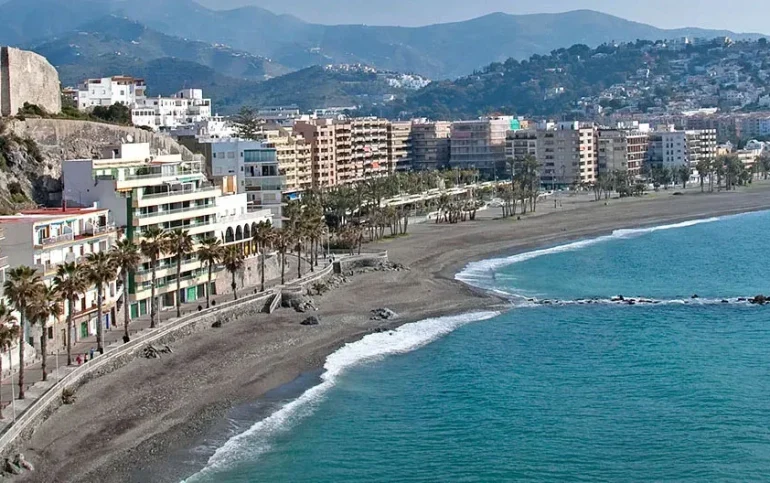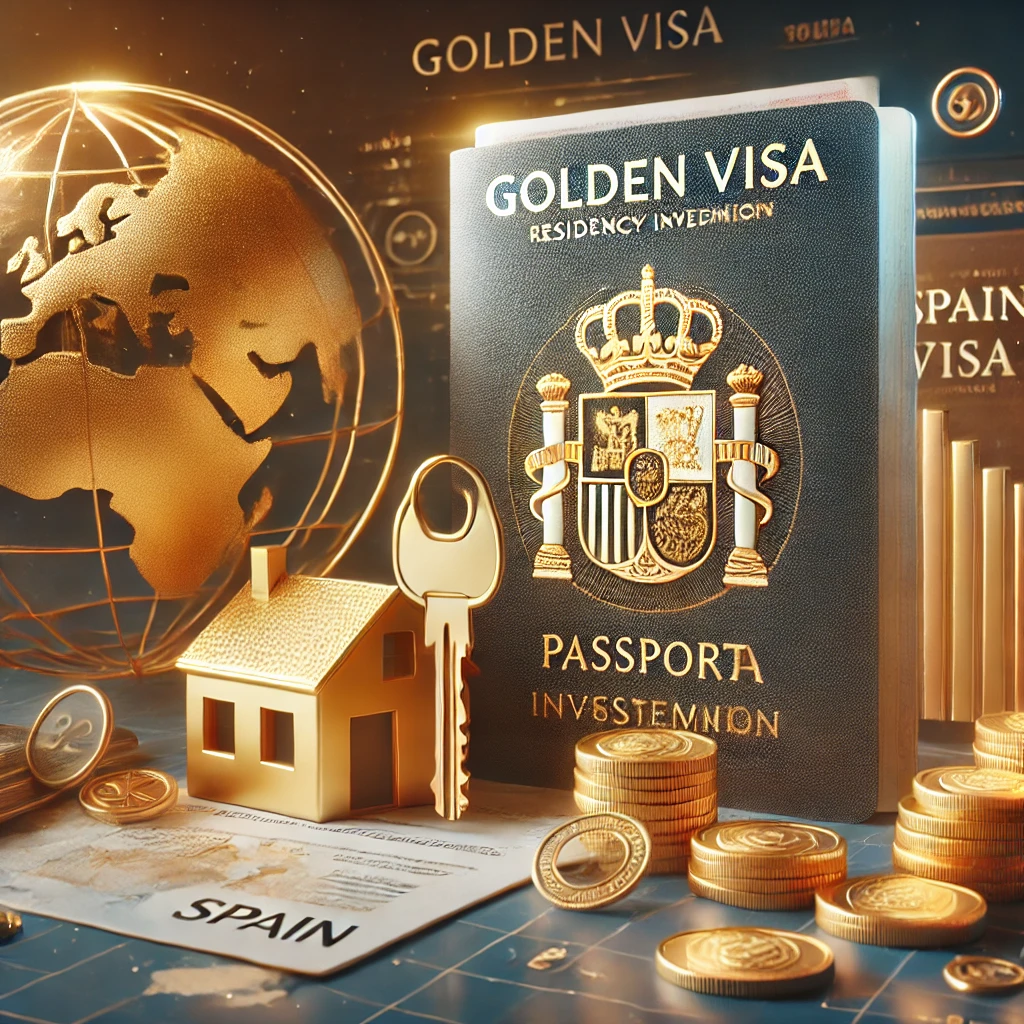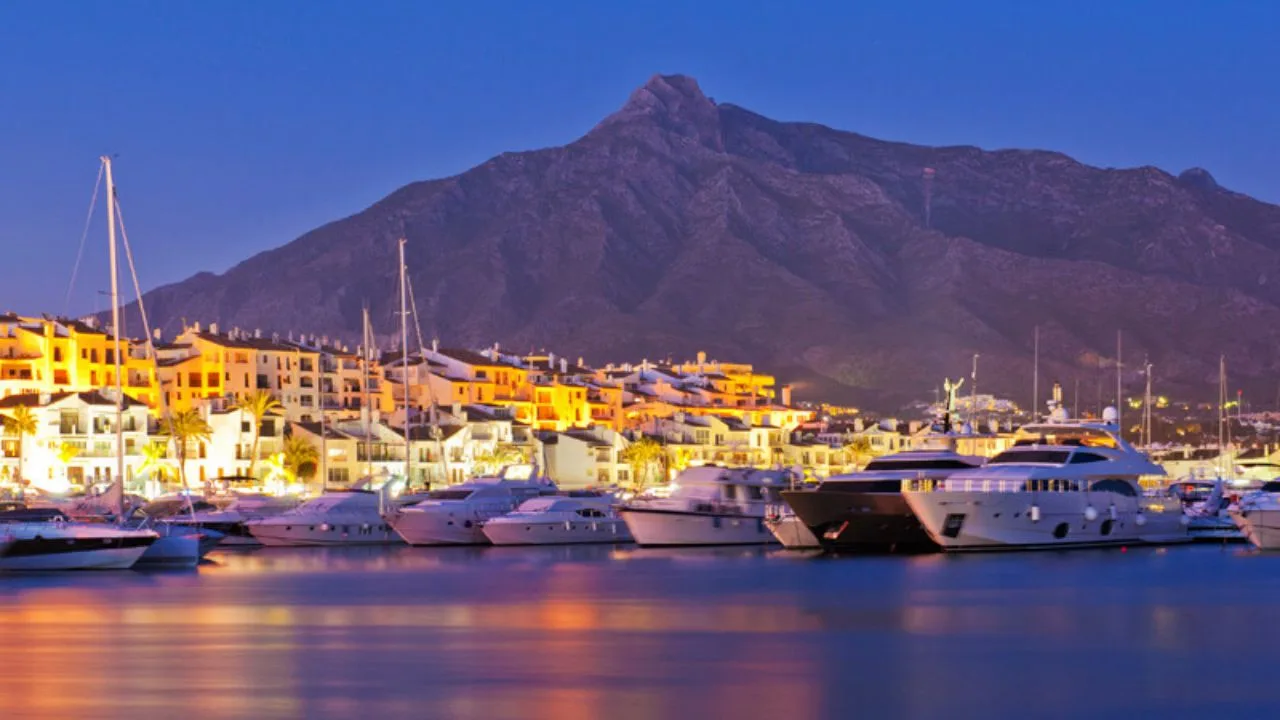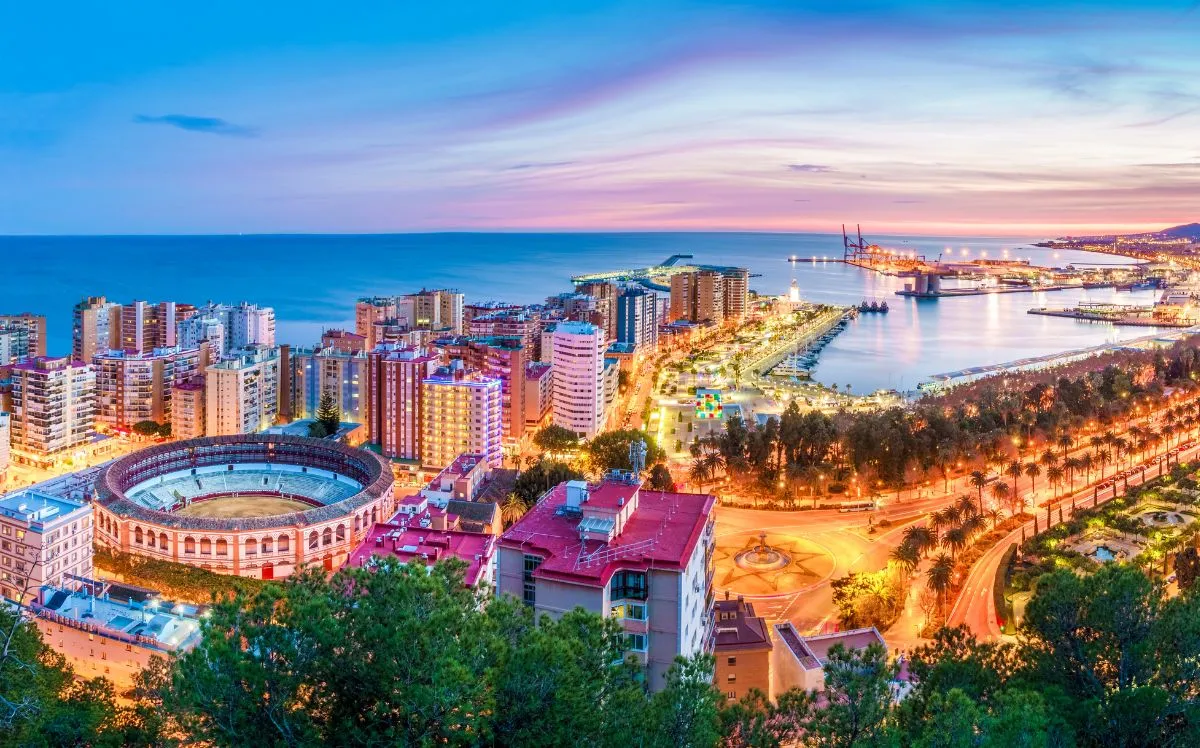Guide to Almuñécar
Facts:
- Almuñécar is a Spanish city and municipality belonging to the province of Granada.
- Almuñécar is located on Costa Tropical which is the name given to the coastline of Granada province. It consists of particularly stunning beaches, and is far less crowded than Costa del Sol.
- The city borders the Granadin municipalities of Otívar, Jete, Ítrabo and Salobreña, and with the Malagueño municipality of Nerja.
- There are more than 25.000 habitants living in Almuñécar.
- Since 1975 the town has become one of the most important tourist towns in Granada province.
- Trinidad Herrera is the first woman to be elected mayor of Almuñécar. She was elected by the city council on 11th of June 2011.
The history of the city:
Almuñécar began as a Phoenician colony named Sexi, and even today, some of its inhabitants still call themselves Sexitanos. The Phoenicians first established a colony there around 800 BC and this developed for 600 years into an important port and town with the name of Ex or Sexi.
The strategic location and its special natural conditions made Almuñécar a solid, fortified settlement which has survived to the present day despite various invasions and adversities.
The Romans came to southern Spain at the time of the Second Punic War. During 700 years of Roman colonial rule, the town and its industry prospered and in 49 BC the municipality was given the title Firmium Julium Sexi in recognition of the town’s loyalty to Rome. In the 1st century AD the Romans built four miles of water conduit in the valleys of the Rio Seco and the Rio Verde, including 5 significant aqueducts. All are still standing and 4 of them are still in use after 2.000 years.
With the decline of the Western Roman Empire in the 5th century, Germanic peoples, including the Visigoths, crossed the Pyrenees Mountain range into the Iberian Peninsula. By year 456 the Visigoths emerged as the dominant power and expanded their territory onto the southwestern Mediterranean coast. However, Hispania remained relatively Romanized under their rule.
In year 755 Umayyad Abd ar-Rahman I of Damascus arrived from North Africa to establish his kingdom. The castle remained the stronghold of the city and the seat of government and its walls were strengthened.
Under the Moors, Almuñécar blossomed as the fishing town of al-Munakkab.
Almuñécar as of today:
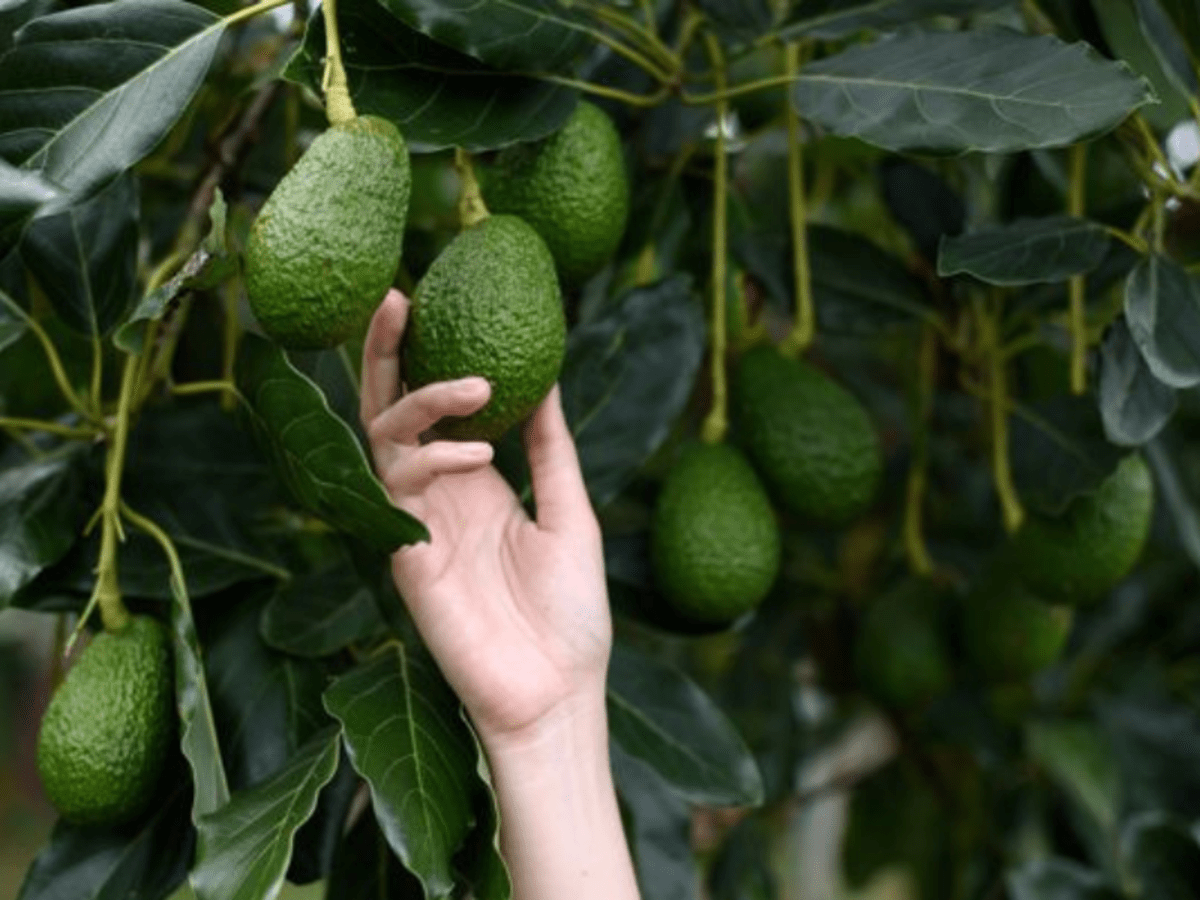
Walking through Almuñécar you instantly feel the charm of the streets filled with lots of greenery such as parks, flowers, palm trees and much more. The people of Almuñécar are extremely friendly and helpful, should you get lost in the narrow streets of the old town.
If you take a walk along the “paseo marítimo” (beach promenade) you will see lots of people walking their dogs, exercising, enjoying a day at the beach or having a bite to eat at one of the many restaurants, cafes or bars. Taking a walk along the paseo is always a good idea and if you go in the evening you can catch one of the beautiful sunsets which almost always colours the sky a beautiful orange/purple colour.
Since Almuñécar is a very old historic town, you will experience a lot of monuments, old buildings and ruins. Many of the local families have lived here generation after generation.
If you fancy going shopping you can find all kinds of shops all over town. Majority of the shops are located in the ‘old town’. The best shops to visit are the local ones! Whether it’s a clothing shop, ceramic store or souvenir store, you can be sure to find some great things. This way you also contribute to the city’s economy, if you buy something. Another great place to do some shopping is at the Friday market. The market’s real name is “Almuñécar Mercadillo Los Viernes”. The entrance is right in the heart of the town, at the Arc de Triomphe Puerta de Almuñécar. This is also where the Feria “Virgen de la Antigua” takes place every year during the month of August. The market is open every Friday from 09:00 – 14:00 and it is full of great things like ceramic, clothes, fresh fruit and vegetables, fish and many other interesting things.
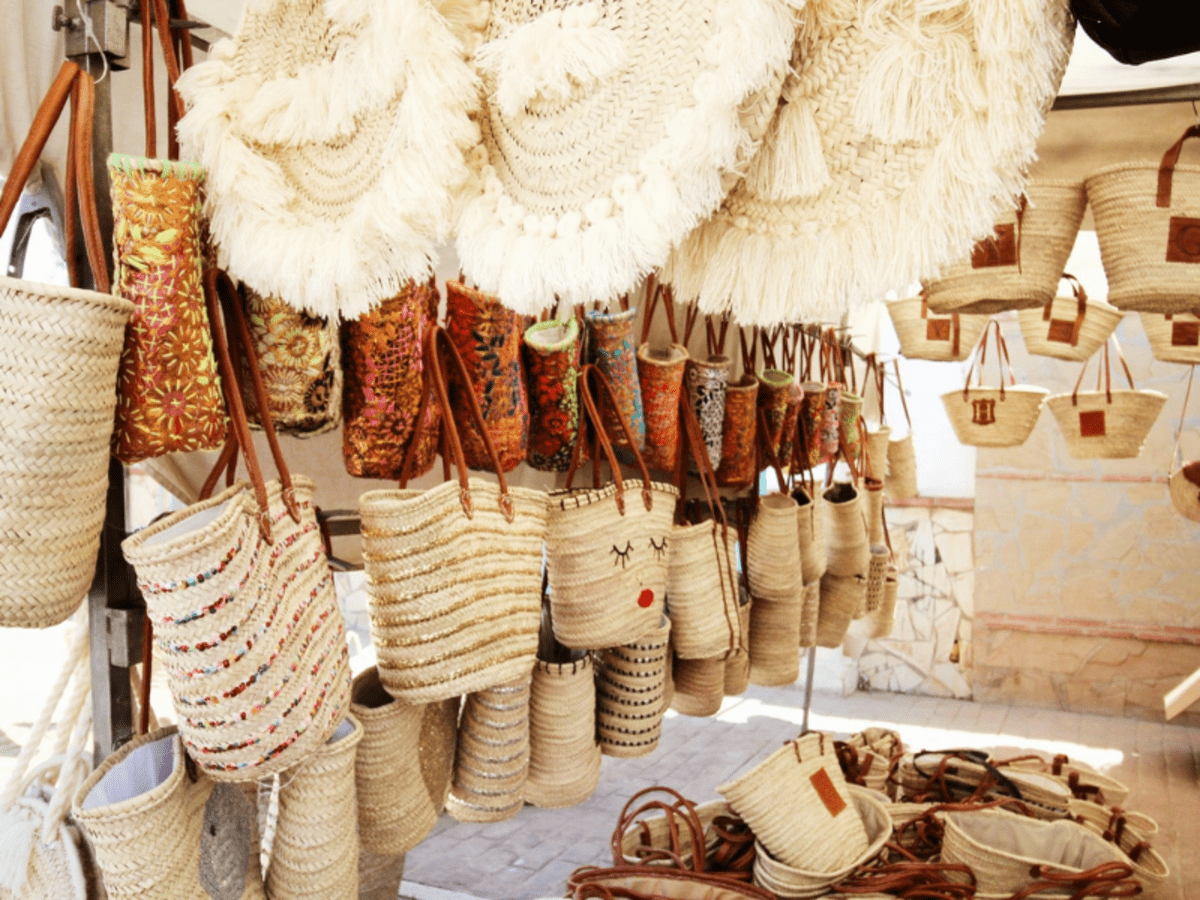
Today, still somewhat isolated from the more commercialised areas of the Costa del Sol, Almuñécar has become a magnet for those craving an authentic Spanish experience and a trip back in time on this sunny stretch of Andalusian coastline. Whereas Almuñécar in the ancient times thrived on their fish salting industry which contributed enormously to the economy, today it prospers thanks to tourism and agriculture industries, where subtropical crops like Avocado or the Custard grows.
Attractions we recommend:
The San Miguel Castle:
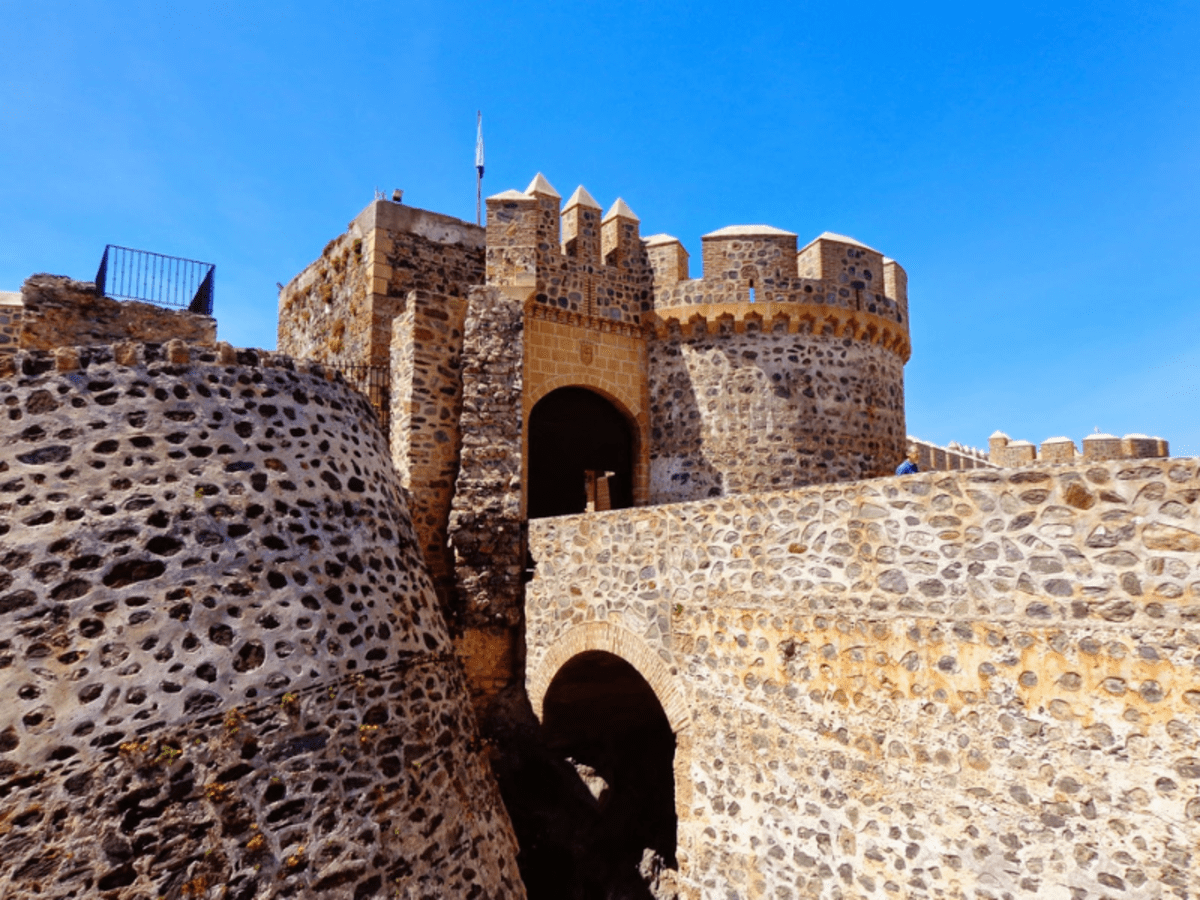
The San Miguel Castle is Almuñécar’s best known attraction other than its beaches. It is situated on the large hill (San Miguel Cerro) on which the Old Quarter is built. The castle is perfectly situated with stunning views of the sea, the Old Town and the surrounding mountains.
The castle occupies the fort originally established by the Phoenicians in the 7th Century BC. The fort underwent expandings and modifications during the Roman, Arab and Christian periods, but the majority of the current castle structure dates back from the Arab era.
During Spain’s war of independence from France in the 19th Century, English warships at sea bombarded the city and the castle, toppling one of its turrets. This leaning turret is still seen today.
A pavilion housing a museum of Almuñécar’s history stands in the middle of the castle grounds. Here you can read about the castle’s progression through the years and how each of the four cultures that once lived here impacted it. It’s also possible to watch a video reenactment of what times were like during these periods. There is much more to explore within the castle – it is definitely worth a visit!
The Almuñécar Old Town (Casco Antiguo):
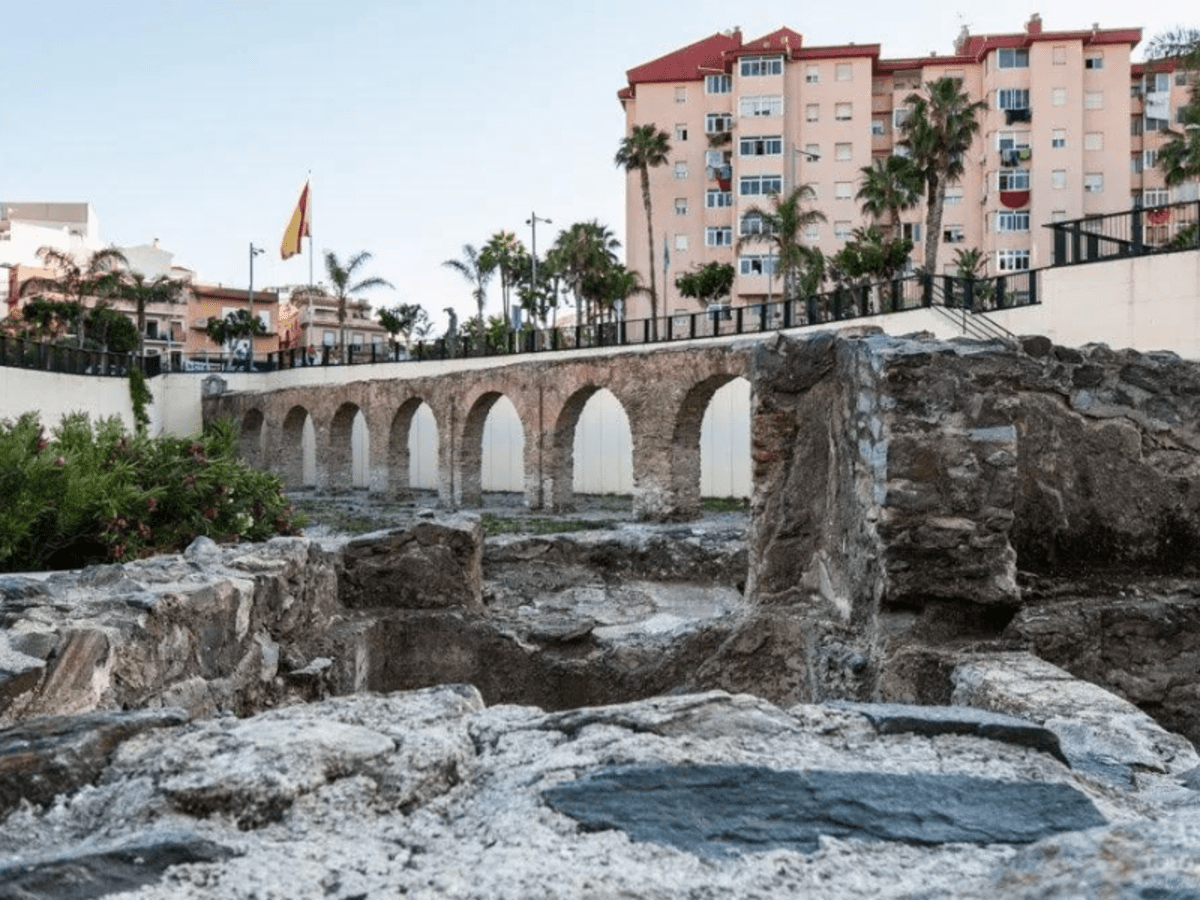
The old town of Almuñécar (also called Old Quarter or Casco Antiguo) is packed with winding streets and quaint alleys.
The town is your typical white Andalusian village with cobblestoned streets, narrow alleys and hidden plazas where you can sit and take a rest while you enjoy the surroundings and a nice cup of coffee.
San Miguel Castle is located in the Old Town as well as the large ruins of the old Fish Salting Factory from the Roman times, amongst other things.
You’ll also find a shopping area which is closed off to cars, and only allows foot traffic. Keep in mind that the shop keepers close for siesta.
When you feel hungry, take a seat at one of the many restaurants in town, and in the evening head over to the new promenade on the outside of The Old Town where you will find lots of bars, ice cream shops, restaurants and nightclubs.
The Beaches:
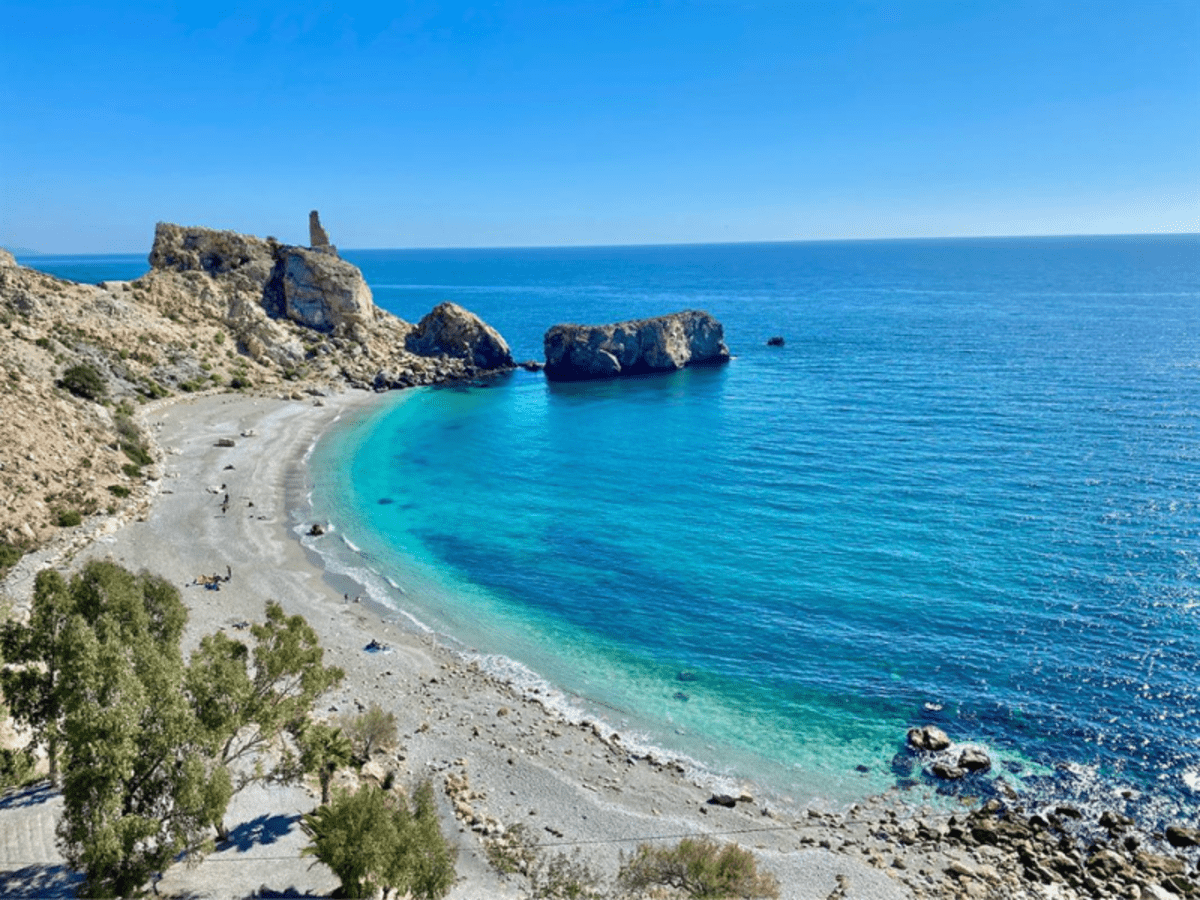
Almuñécar has 19 km of coastline, where 18 beaches are located. This is many more than any other town on the Costa Tropical, making it the main tourist area of the Granada tropical coast.
Some of the beaches are small coves with calm waters and others are longer beaches of up to 1 km which offer all kinds of tourist services. Some of them are sandy, some with pebbles, but all of them are breathtakingly beautiful.
Most of Almuñécar’s beaches are designated as “Family Beaches”, meaning they are well suited for the whole family.
Majuelo Botanical Gardens:

This botanical garden is full of amazing plants, sculptures and paths to wander. From here you also get a nice view of the Roman Fish Salting Factory and San Miguel Castle.
The park is located just across from the main Tourist Information Office on Avenida Europa. Visitors can see over 200 species of tropical plants from all parts of the world such as Central and South America, Africa, the Philippines and New Zealand. You will also notice many pieces of local sculptures placed throughout this lush exhibit. The many stunning, marble sculptures were made and donated by Syrian artists.
Taking the path through the park you will come across many of the “Province Houses” that are located within the park. These houses are built in the typical Spanish style and each has a name representing one of the provinces in Spain. They are mainly used as artisan workshops and inside them you will find all sorts of interesting things (craft, paintings, souvenirs etc.)
Many of Almuñécars local festivals take place in this tropical park. There is a lot to explore.
Aqua Tropic Water Park:
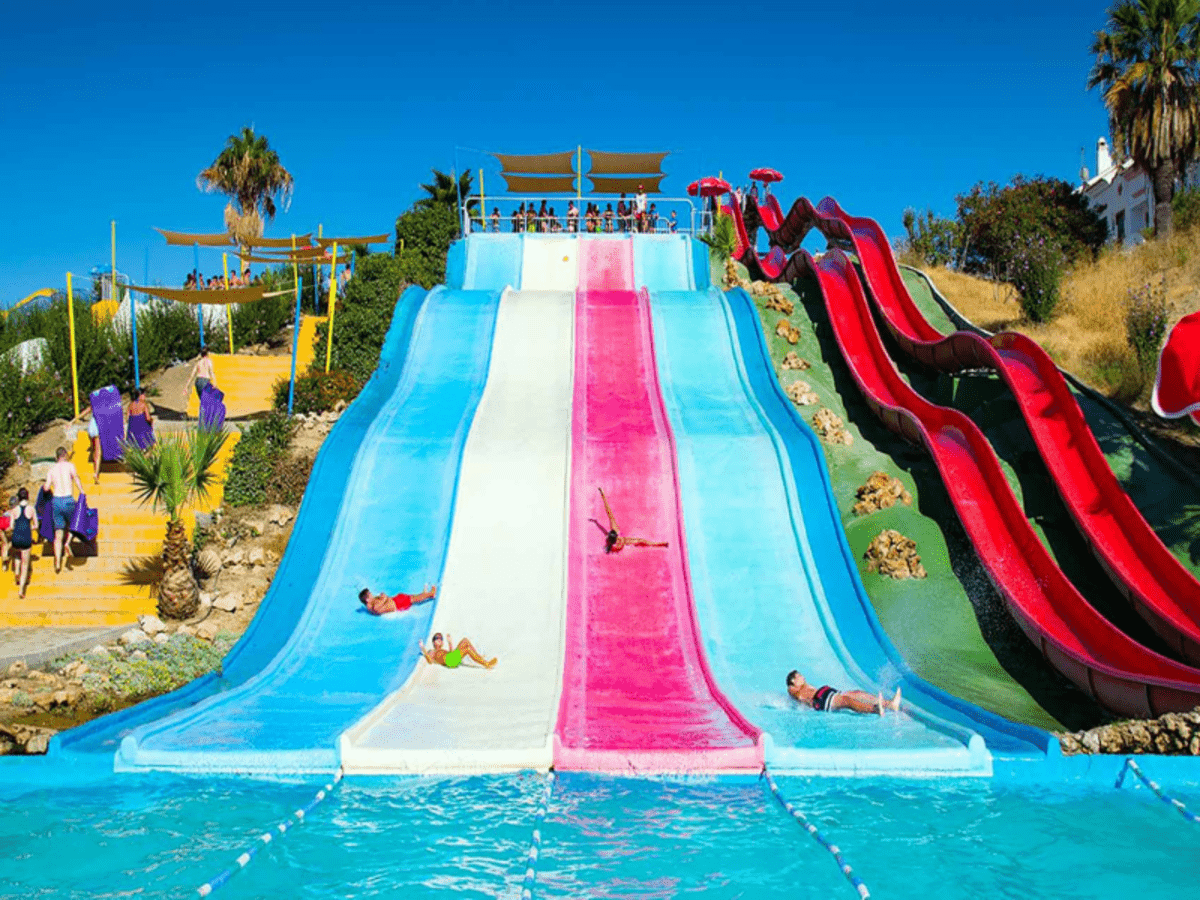
If you visit Almuñécar in the summer it is definitely worth giving the Water Park a visit. Especially if you travel with kids. Aqua Tropic is a very popular water amusement park located on the seafront. There are more than 8 big, adrenalin inducing water slides, jacuzzis, wave pools and splash pools for younger kids. In the park there’s also a play zone with a ball pit, a jungle gym and an arcade area with billiards, air hockey etc.
Both sides of the park have very nice grassy areas with old shady olive trees and sunbeds covered by bamboo umbrellas – the perfect place for adults to relax while the kids run around.
When you get hungry, have a seat at one of the two restaurants and order pizza, sandwiches, hot dogs, chicken fingers or something else. If afterwards you feel like something sweet you can enjoy a lovely ice cream or a belgian waffle. You will not go hungry here!
Prices vary depending on the size of the group and number of days you plan to attend. There are discounts for students, residents, big groups etc. You find the cheapest prices online.
Keep in mind that the park is only open from June to September.
The Junta de los Rios:
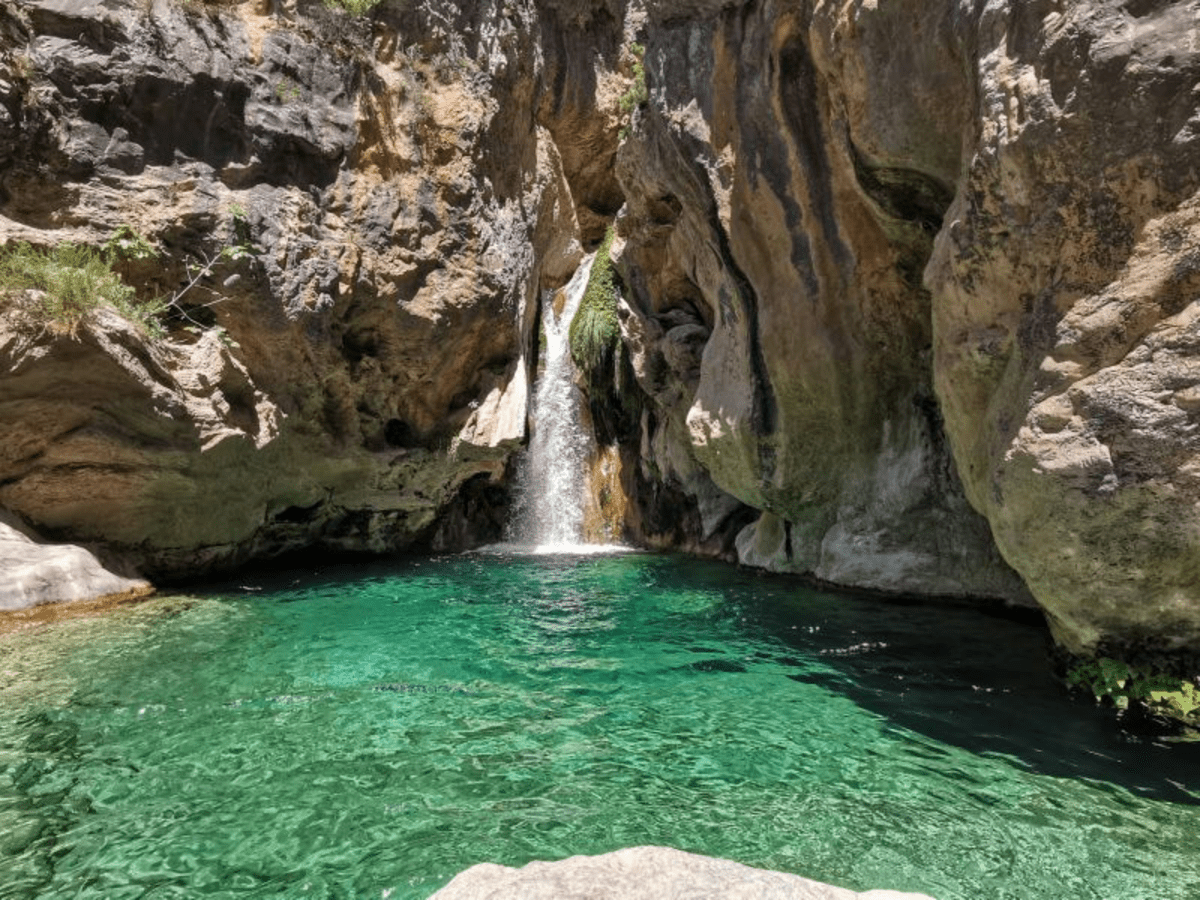
This natural park is hidden within the Costa Tropical Valley. It has spectacular waterfalls and magnificent mountain views. You will find the park 18 km inland from Almuñécar, so it is a short drive but absolutely worth it! You get to experience a gorgeous recreational area where the two rivers (Rio Verde and Rio Negro) come together to form hundreds of crystal-clear turquoise pools and waterfalls.
If you enjoy hiking, The Junta de los Rios Gorge is an amazing hike with fantastic scenery. This usually takes 3 hours each way and if you begin the hike from the first of the turquoise pools, it will take you about 1.5 to 2 hours to reach the largest falls.
It is recommended that you are in fit condition and not afraid of heights, if you decide to take the hike.
Restaurants we recommend:
Los Geranios:
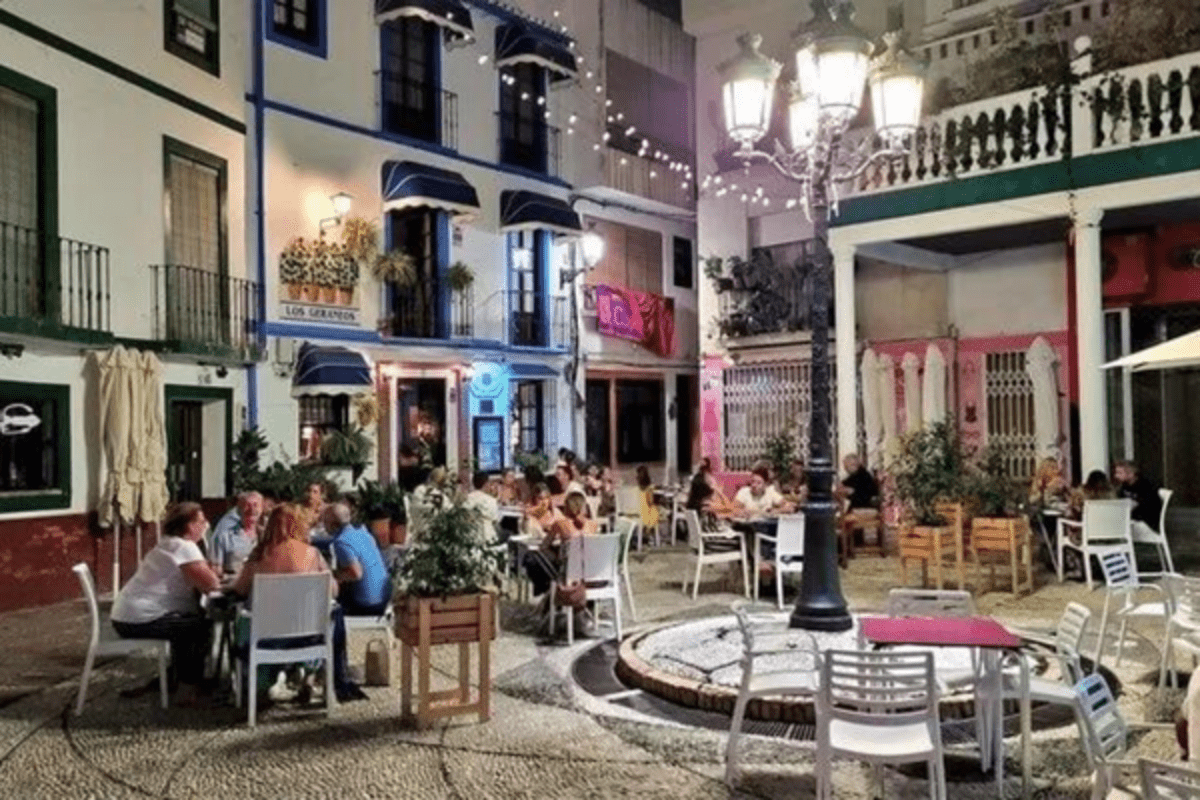
Very popular restaurant located in a hidden picturesque square of Andalusian character. It is a traditional restaurant with a patio located in the old town, just one street up from the beach. The restaurant offers traditional cuisine and some international cuisine. You’ll get delicious authentic home-made food, with good value for money.
We advise you to reserve a table.
Meson Francisco:
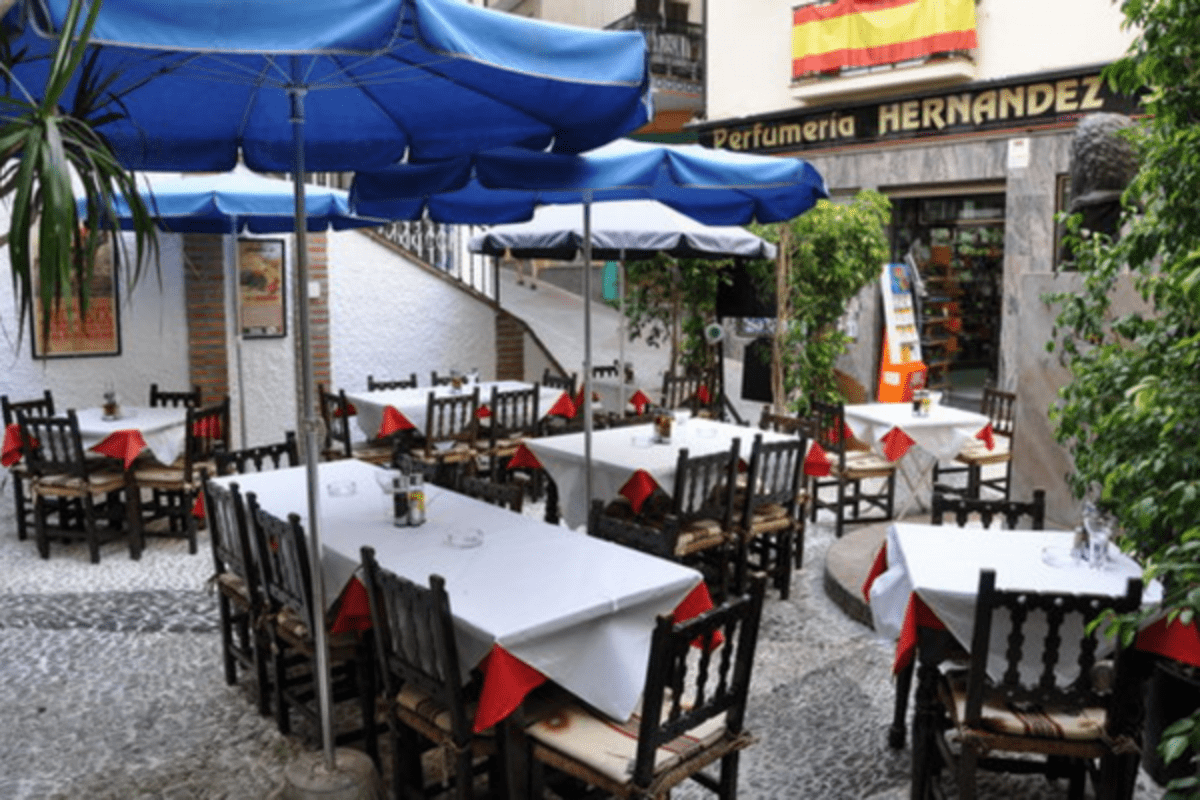
This is another authentically Spanish restaurant that has been in the old town for years and has a lot of ambiance and charm. Sit outside on their nice patio covered by big blue umbrellas, or go inside which has a cozy, bodega like feel to it. This restaurant is the perfect place to stop for a light bite to eat… or a beer, after a stroll through the old town.
Seiva Fusion:

This restaurant located in the center of the city offers a variation of delicious cuisines such as Japanese, Italian and Mediterranean. Places that offer this many different cuisines often tend to be of poor quality, but Seiva Fusion exceeds all expectations! The good thing about their large menu is that there is something for every taste.
Firmvm:
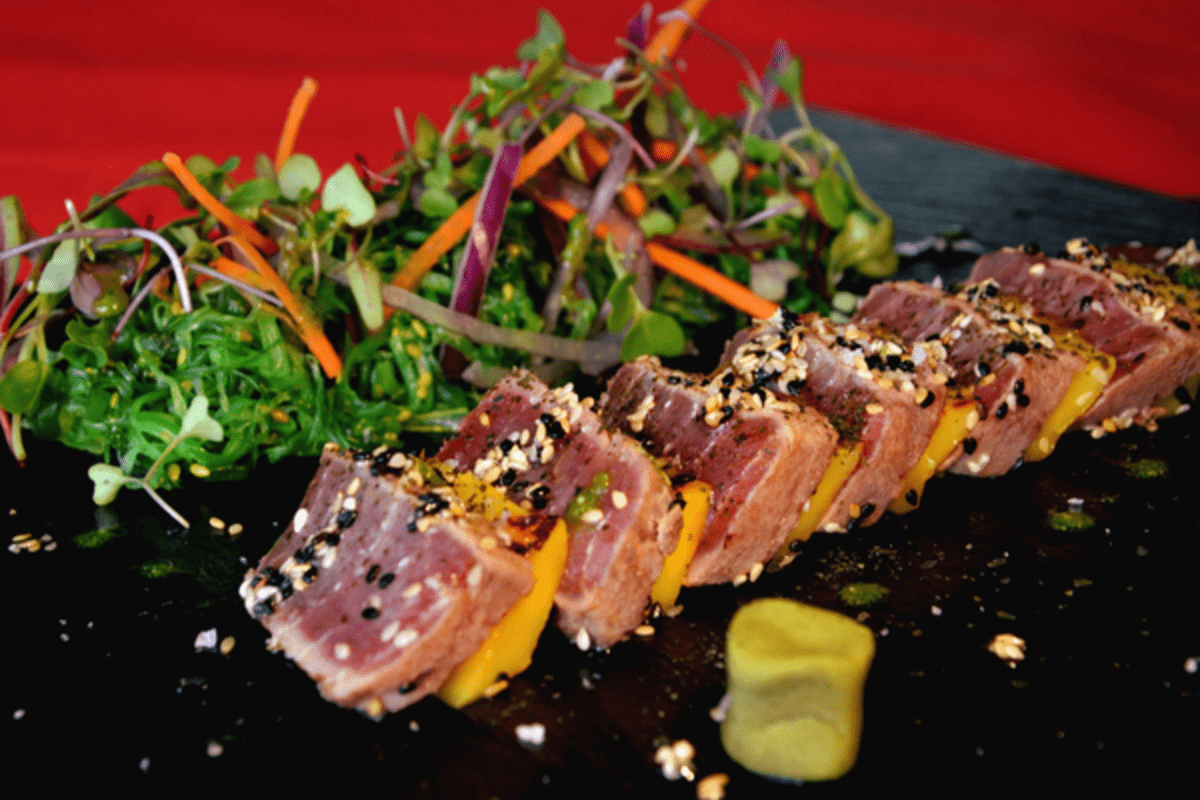
This restaurant is considered to be the highest-end restaurant in Almuñécar. It’s located in the old town, tucked into a corner of a bustling, small plaza. The inside of the restaurant is modern with a sleek, tasteful design. Their speciality is Mediterranean cuisine and their focus is on elevating its flavours and exquisite presentation.
If you struggle to choose just one thing from their menu, why not try out their “tasting menu” which lets you try several dishes in smaller portions?
All reviews for this restaurant are extremely good, and we can only agree!
Make sure to reserve a table if you decide to visit the restaurant.
The Property Market:
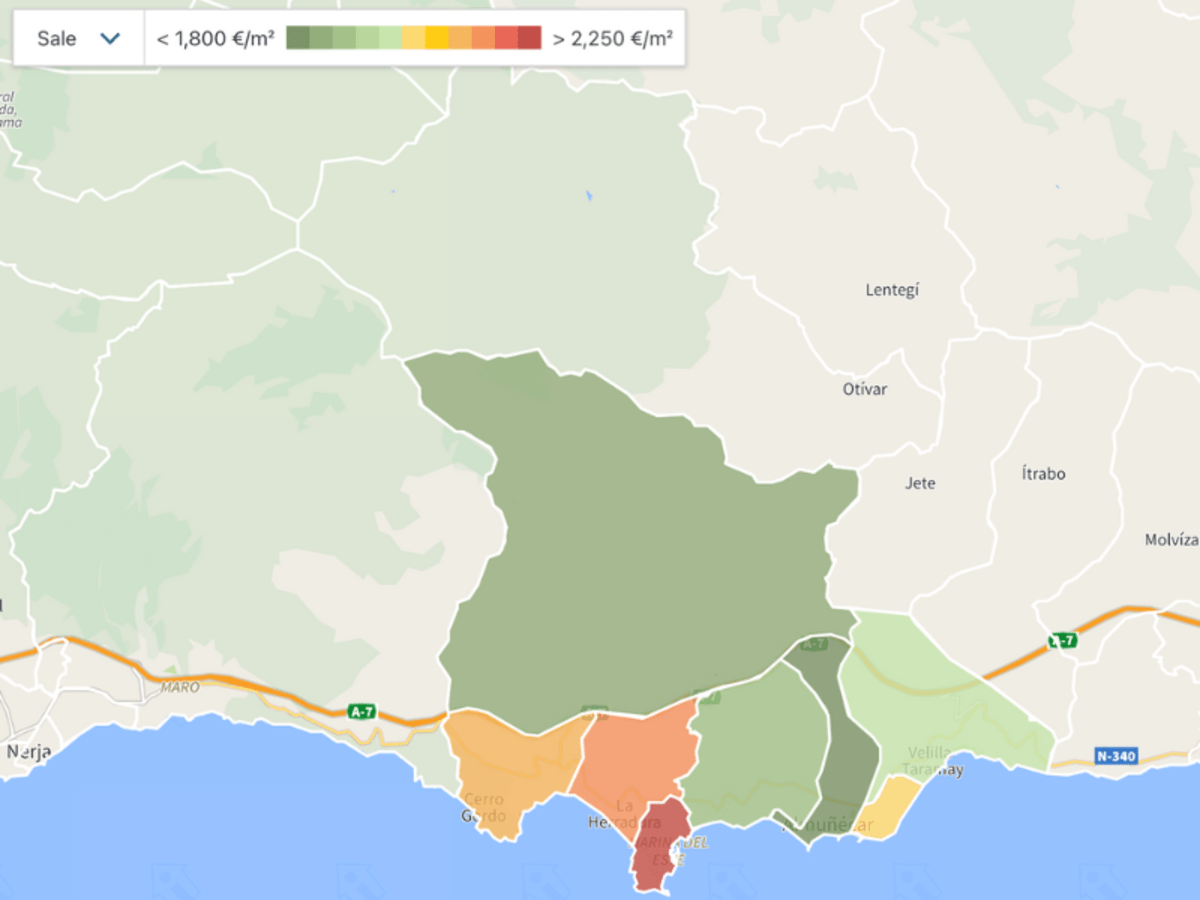
The municipality Almuñécar includes the areas of Almuñécar, El Cerval, El Rescate, La Herradura, Rio Seco, Torrecuevas and Velilla-taramay. International buyers make up 9,6% of the property market and the population of Almuñécar has fallen by 1,030 (4%) since 2008. Market activity in Granada province is currently 30% below its peak in 2007.
In June 2022 for residential properties for sale, was asked an average of 1,942€ per square metre, with an increase of 2.37% compared to October 2021.
During June 2022 the asking price for a property was highest in the Marina del Este-Punta de la Mona area, with 2,533€ per square metre. On the opposite, the lowest asking price was in the Casco Urbano area, with an average of 1,757€ per square metre.
 English
English Spanish
Spanish  Danish
Danish 